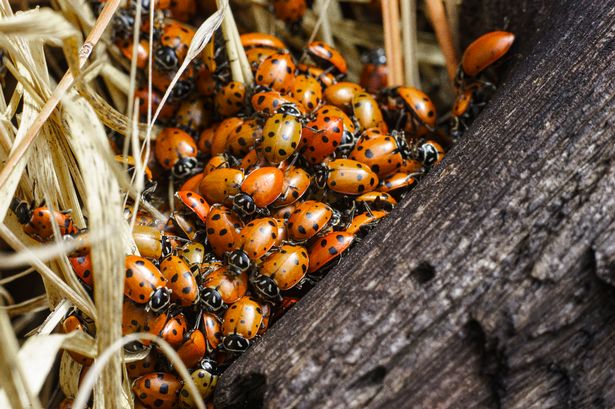Understanding Ladybirds Swarming: Nature’s Wonders

The Fascinating Phenomenon of Ladybird Swarming
Ladybirds, also known as ladybugs, are beloved insects admired for their bright colours and beneficial roles in the ecosystem. Their swarming behaviour is a captivating natural phenomenon that intrigues both scientists and the general public alike. This seasonal activity, often observed in autumn, plays a significant role in the lifecycle of these creatures and has implications for local ecosystems.
What Triggers Swarming?
Swarming typically occurs in autumn as ladybirds seek shelter from the cold weather. A combination of factors, including decreasing temperatures, shorter daylight hours, and a decline in food sources, prompts these insects to congregate in large numbers. Notably, the convergence often occurs in spots that provide warmth and protection, such as under trees or within buildings. During this time, thousands of ladybirds can be seen clustering, creating a stunning visual spectacle.
The Benefits of Ladybird Swarming
Ladybirds are primarily known for their role as natural pest controllers. They feed on aphids, mites, and other small insects that can damage crops and gardens. By reducing pest populations, ladybirds contribute to sustainable agricultural practices and help maintain ecological balance. Their swarming behaviour not only facilitates mating and reproduction but also enhances their survival rate during harsh weather conditions.
Current Observations and Research
Recent studies have focused on understanding the factors influencing swarming patterns of ladybirds and their integration into ecosystem health. Researchers have monitored swarming events in various regions, noting changes due to climate conditions and habitat modifications. Insights from these studies suggest that shifts in environmental factors, such as urbanisation and agricultural practices, may affect ladybird populations, warranting further exploration of their long-term viability.
Conclusion: The Significance of Ladybirds in Our Ecosystem
As ladybird swarming captures our attention each season, it also serves as a reminder of the interconnectedness of our ecosystems. Understanding the factors that drive this behaviour highlights the importance of biodiversity and the need for conservation efforts. For gardeners, farmers, and nature enthusiasts, fostering environments that support ladybird populations can yield positive outcomes for pest management and encourage the vibrant display of these beneficial insects. In summary, ladybirds not only brighten our gardens but also play a vital role in maintaining ecological health, making their swarming events a significant aspect of nature’s intricate web.






